Starlit nights with friends and family around a campfire, telling stories, roasting marshmallows, enjoying time outside with people we love—few scenes are more iconic in our collective outdoor psyche, and with good reason; even the Smithsonian recognizes the role campfires may have played in historic human cultural development and evolutionary cognition.
With those friendly fires, however, comes danger, especially in arid regions and as our climate continues to change. We’ve all seen the destruction and devastation wrought by wildfires roaring across the West in recent years, and while naturally-occurring wildfires are part of a healthy forest’s life cycle, here are a few tips to ensure you’re never responsible for a wildfire, whether you’re enjoying our public lands or having a backyard bonfire.
Be Aware, Alert, and Attentive
It’s your responsibility to be aware of current fire dangers, alert to current conditions, and attentive to your fire. How do you that?
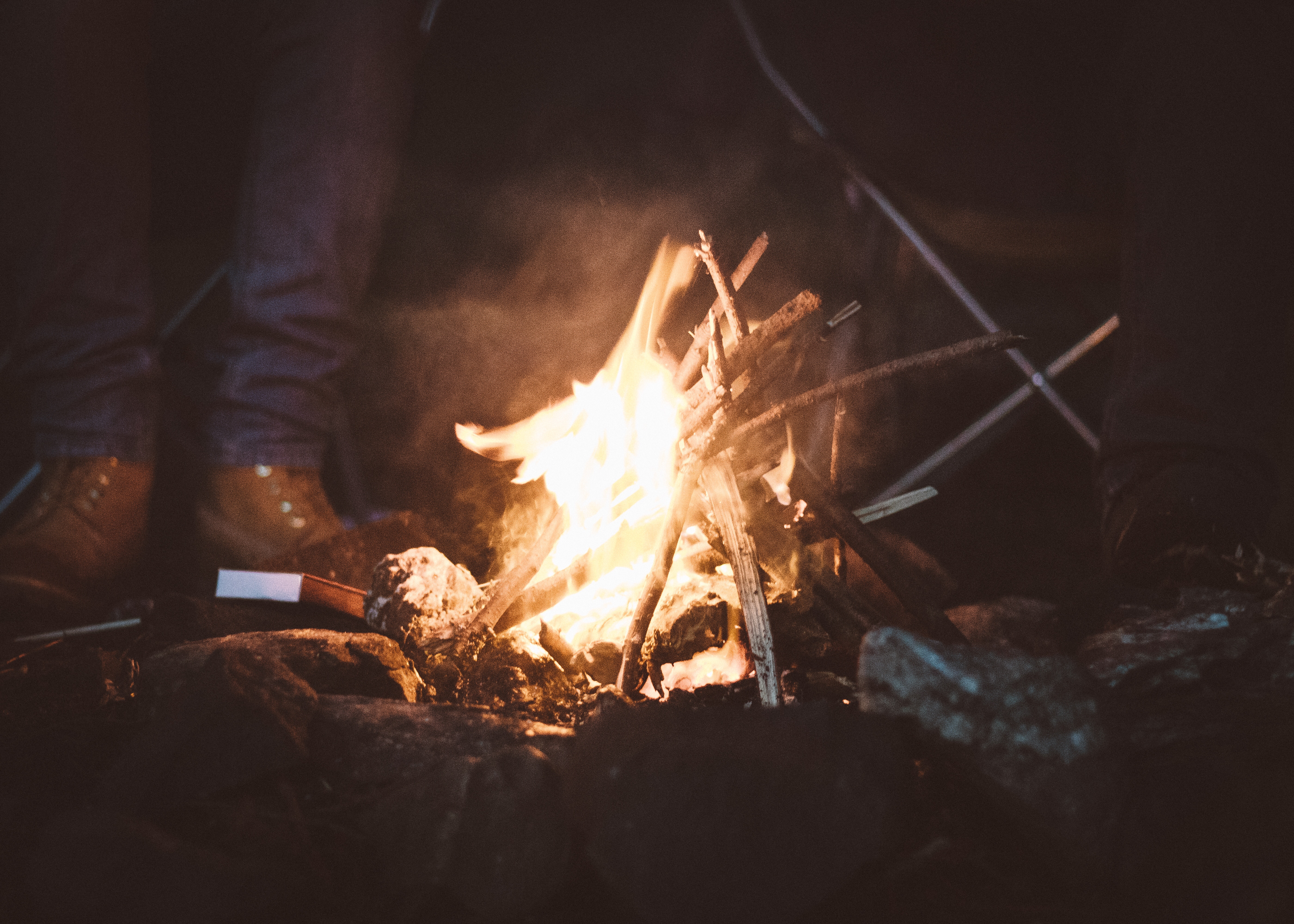
1. Check the current fire dangers in your area.
Most National Forest offices have a fire danger wheel displayed outside their offices: the National Fire Danger Rating System (NFDRS). The NFDRS is site-specific, and is built on many different inputs, including fuels, topography, climate, recent weather, and risks. The system uses five different color-coded levels to depict fire danger in the area:
- Low fire danger is coded in green, and means that while fuels will still ignite, fires can be more easily controlled, and as a result, more easily put out.
- Moderate fire danger is coded in blue, and means fires can start accidentally, especially if windy or in areas with substantial fuel loads. Fires which start under Moderate conditions are still far less likely to become serious, however, as they can still generally be controlled.
- High fire danger is coded in yellow, and means fires can start readily from nearly any kind of ignition, and spread easily. These fires can quickly become serious and may be difficult to control. When fire danger is high, burn restrictions may be issued.
-Very High fire danger, coded in orange, may come with more severe fire restrictions, as even small fires begun under these conditions can quickly blossom into major problems, exhibiting such extreme behavior as long-distance spotting and whirling.
-Extreme fire danger, coded in red, generally means no fires are allowed even in designated campsites, as small fires can become large ones incredibly quickly.
Before you go, call the closest Forest Service office to more closely inquire about fire danger and conditions. The Wildland Fire Assessment System (WFAS) is another resource to consider before you go, as it can help you identify bigger picture fire trends and dangers in your area.

Additionally, be aware of the micro-climate wherever you intend to have a fire. While the fire danger for the area in which you’re camping may be moderate, if you chose to camp on a high grassy ridge and there is a breeze, your fire danger in that particular location may be far higher.
Lastly, consider how attentive you’ll be to your fire. Will you be distracted by other tasks, such as setting up camp, making dinner, or talking with your fellow campmates? If so, that makes it more likely that your fire might get away from you. Designate someone in your group to to keep an eye on your fire if you can’t. Never leave a fire unattended!
2. Be Defensive
If after knowing the fire danger you believe you can safely build a campfire, make sure you can do so defensively. This means ensuring you have defensible space around your proposed fire location. Defensible space is the reason many land managers will not allow campfires outside designated fire-pits if the fire danger is above moderate; in designated campfire locations, defensible space is often built into the fire-ring and surrounding area.

If you are allowed to have a fire and are not building your fire in a designated campfire space:
- Build your fire on a non-flammable surface. Fire pans are best, followed by sand or packed dirt. A fire on top of a large rock is your last, less than ideal choice, as fires leave scars when built on rocks, which runs counter to Outdoor Ethics.
- Keep your fire small.
- Have everything you’ll need to put out your fire out at-hand (a shovel, water, dirt, a fire blanket, etc.) before you even start building it.
3. Be sure
That is, be sure your fire is out before you leave the area. If you followed the principles noted above, you should have ample supplies for extinguishing your fire readily available. As for how to put your fire out? That depends on your setting, but a few principles apply uniformly no matter where you are.

1. Smother your fire. This may include the use of a fire blanket (remember that fire blankets only work for small fires; they’re generally not effective above certain temperatures), shoveling sand or dirt over your fire, or dumping water over your fire. Wait at least 15 minutes to ensure oxygen has been fully cut off from the fire.
2. Stir your ashes to ensure no hot spots remain. If hot spots remain, add more water or sand as needed. (Again, you'll likely need more water/dirt than you think you will, especially in hot and dry conditions.)
3. Make sure the entire area is cool to the touch. If warm spots remain, you need to fix that before you leave the area. In the right conditions, a single ember left uncooled can be enough to help the fire spring back to life later, and a single gust of wind can carry that ember to nearby forests and grasslands.
Campfires are a routine part of many outdoor adventures, and can be a fantastic way to make memories, cook outside, and stay warm on cool summer nights. But like so many of the best things in life, they should always be enjoyed responsibly, and treated with the respect they deserve.
Narrator: This blog was thoughtfully written by Kerri Anne Stebbins. You can find her on Instagram @kerri_anne.
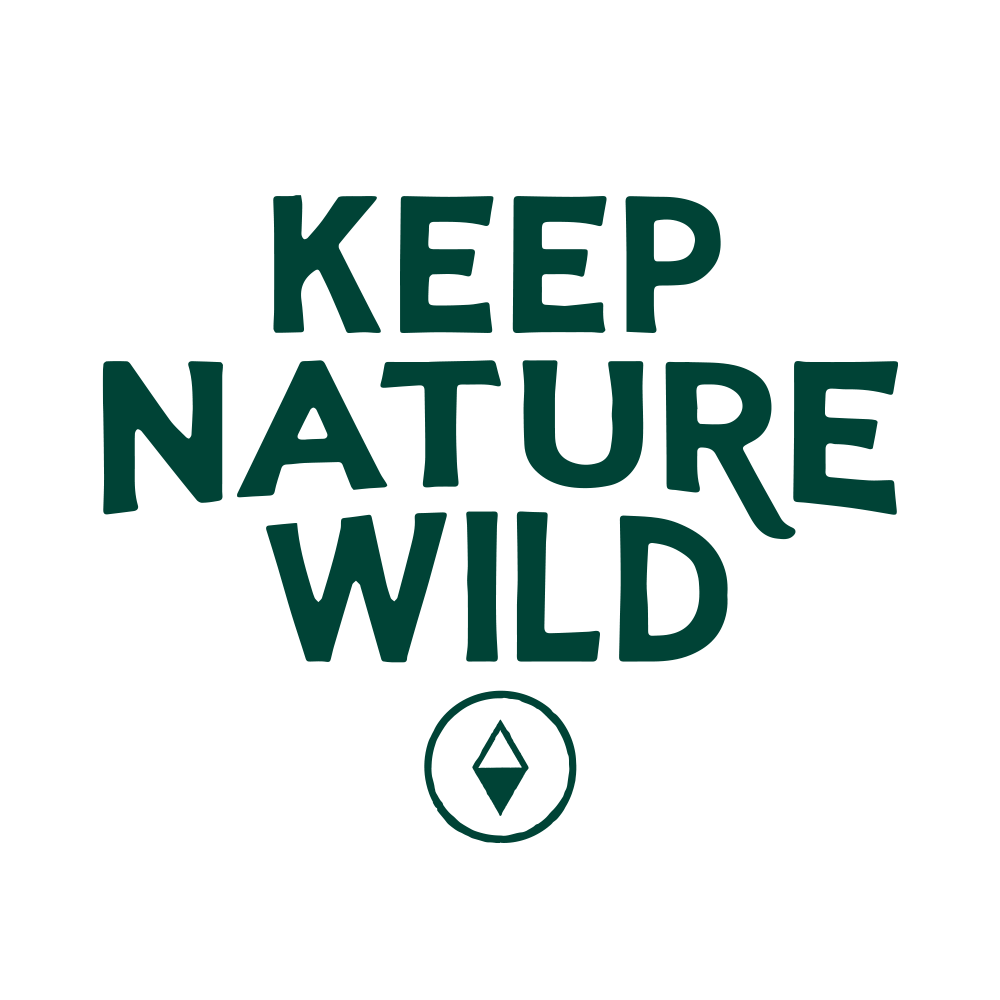
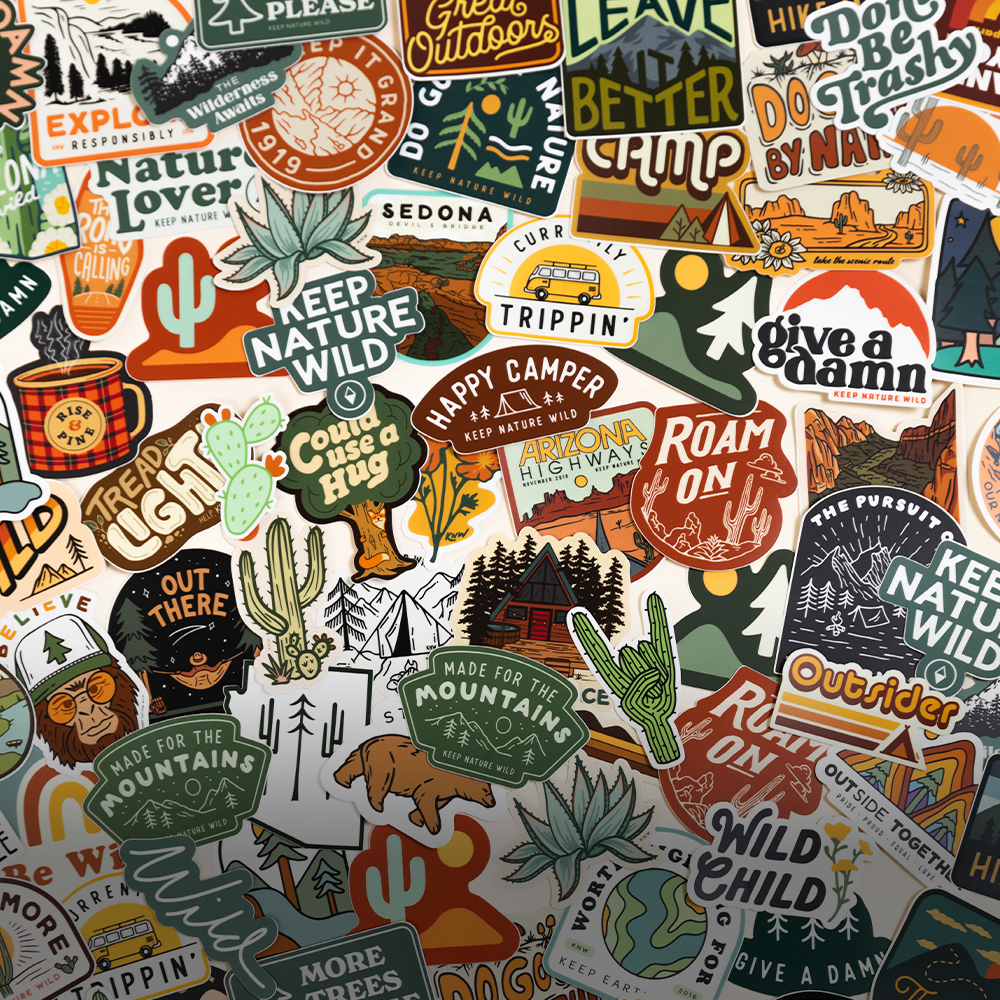
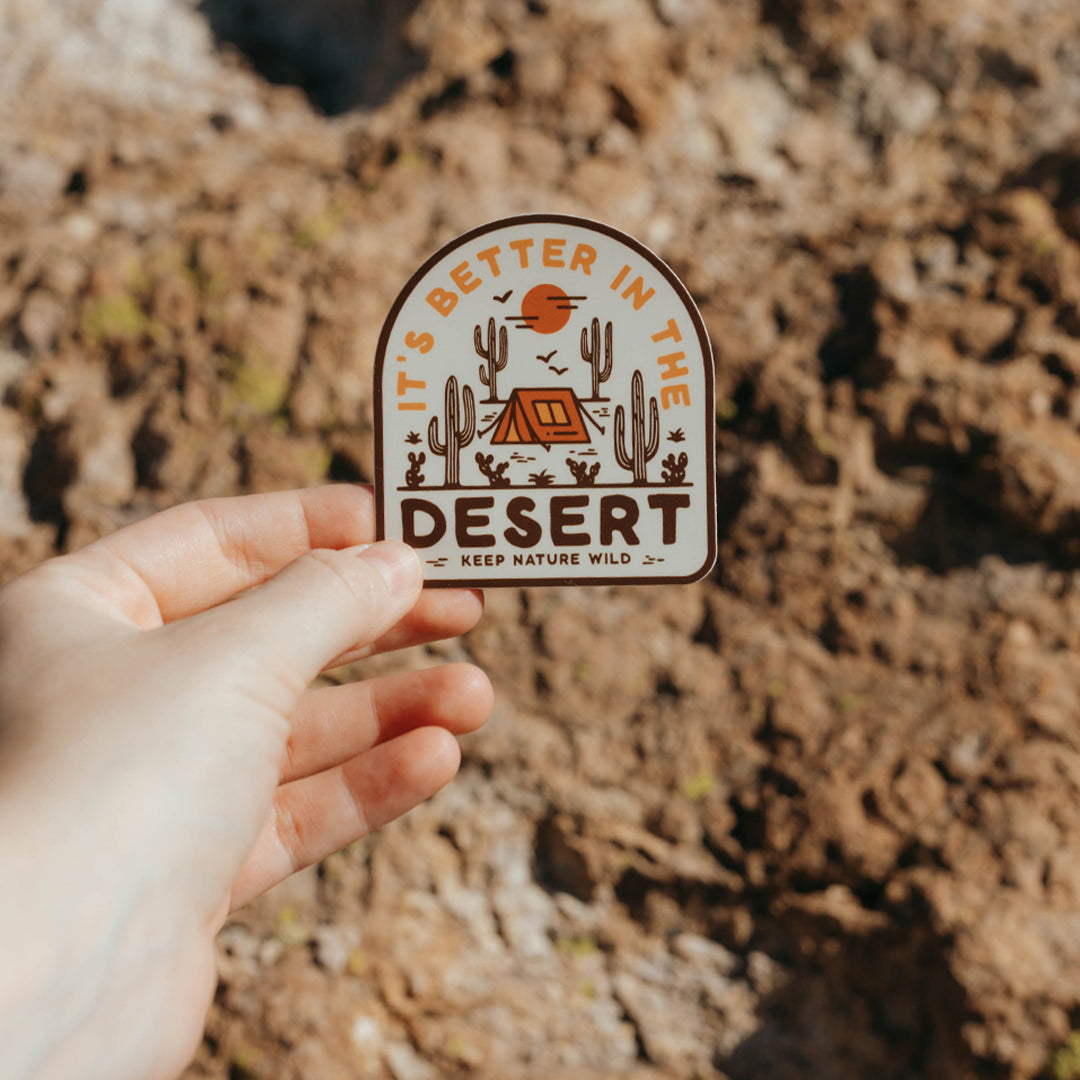
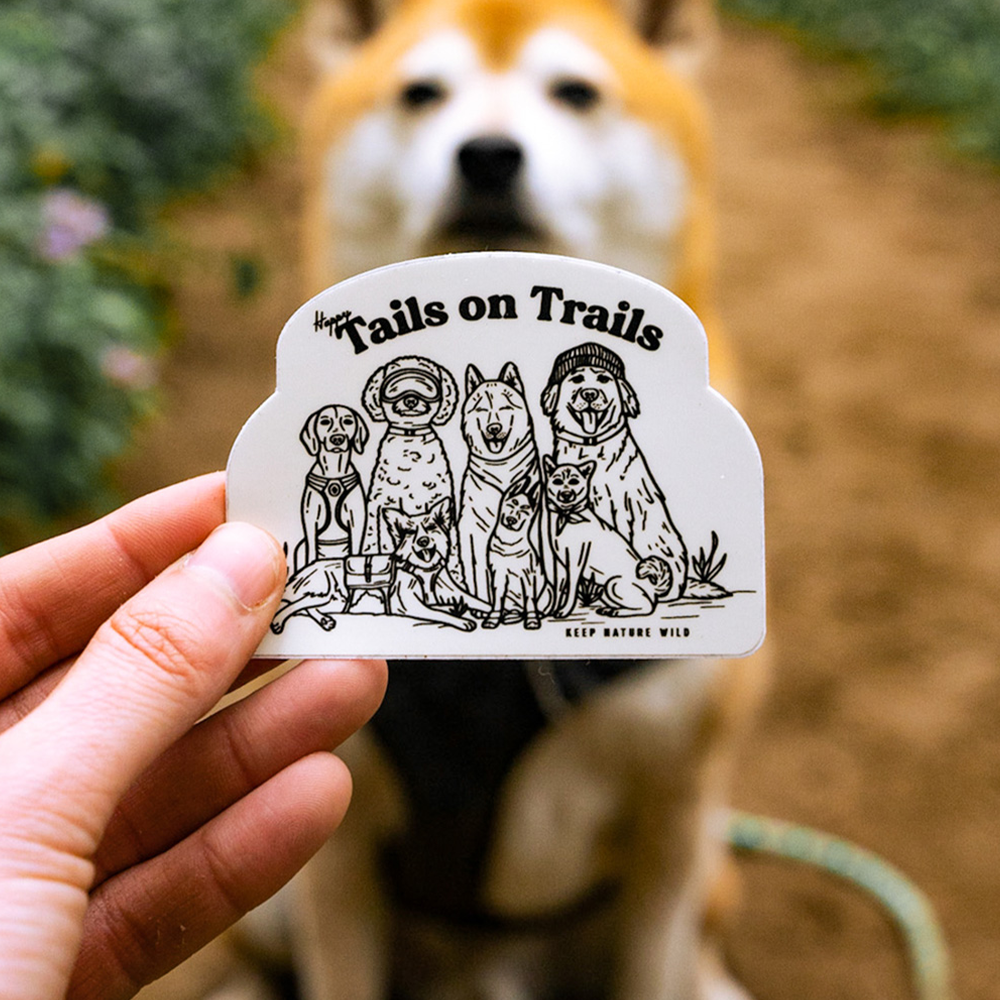

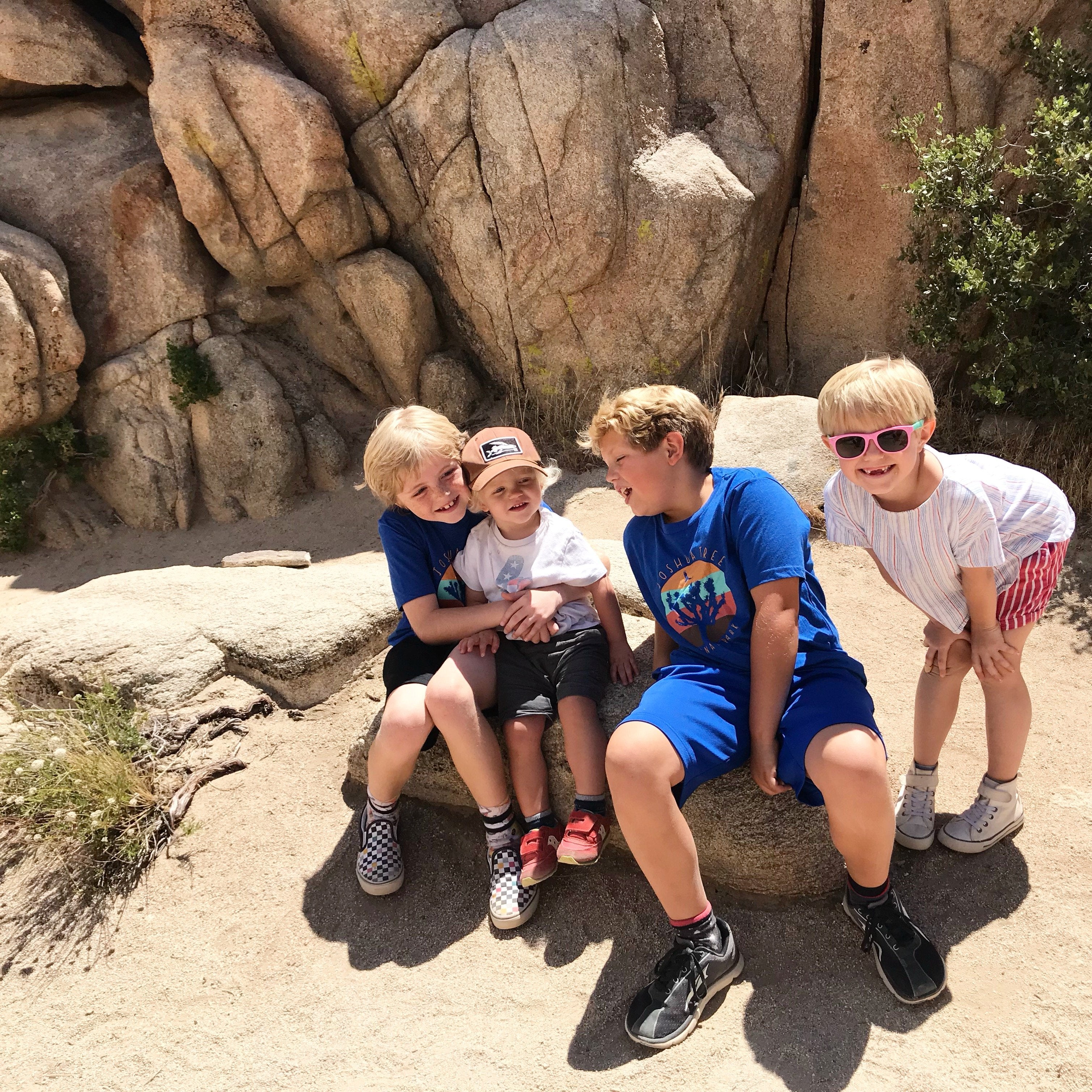
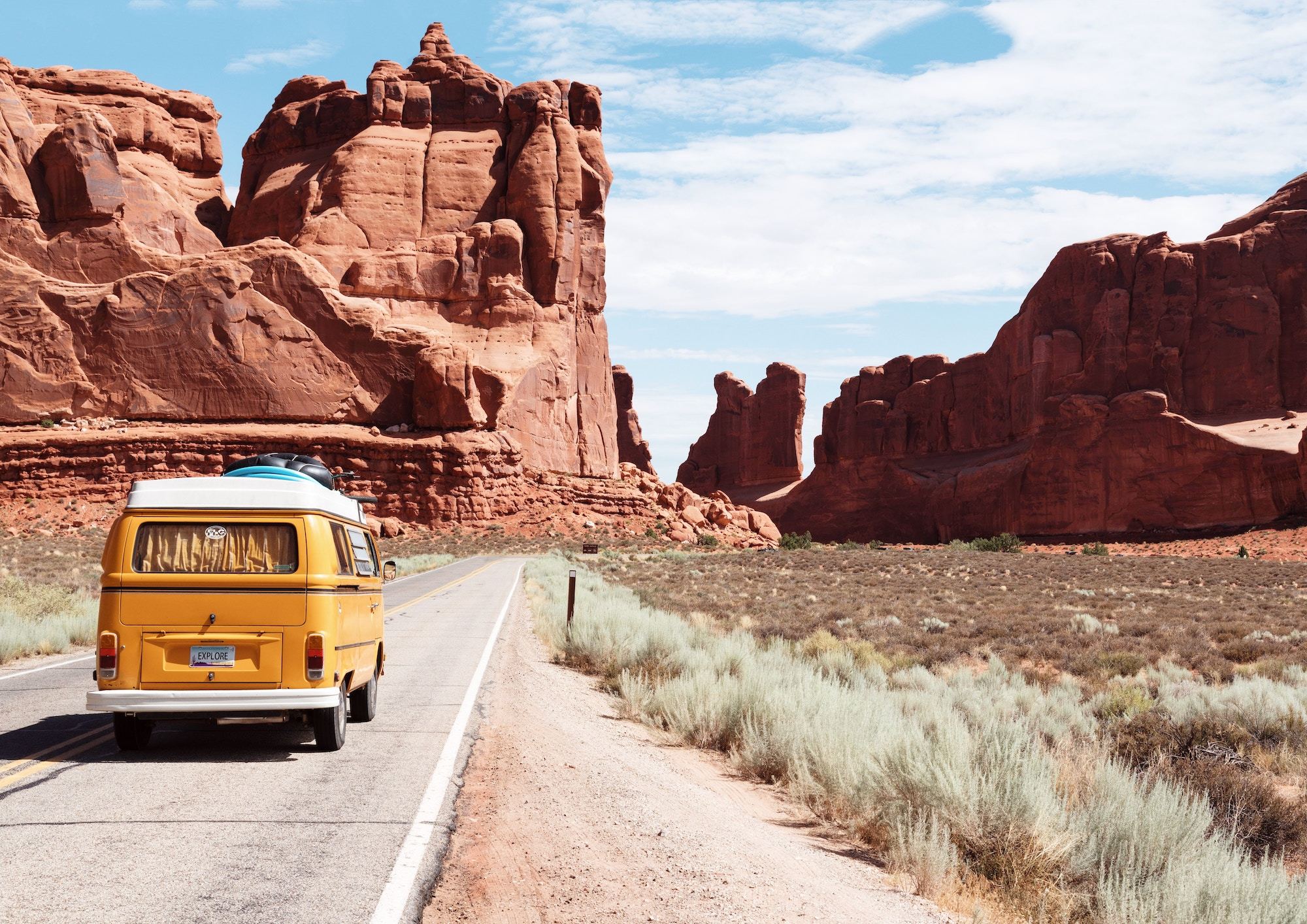
Leave a comment
This site is protected by reCAPTCHA and the Google Privacy Policy and Terms of Service apply.